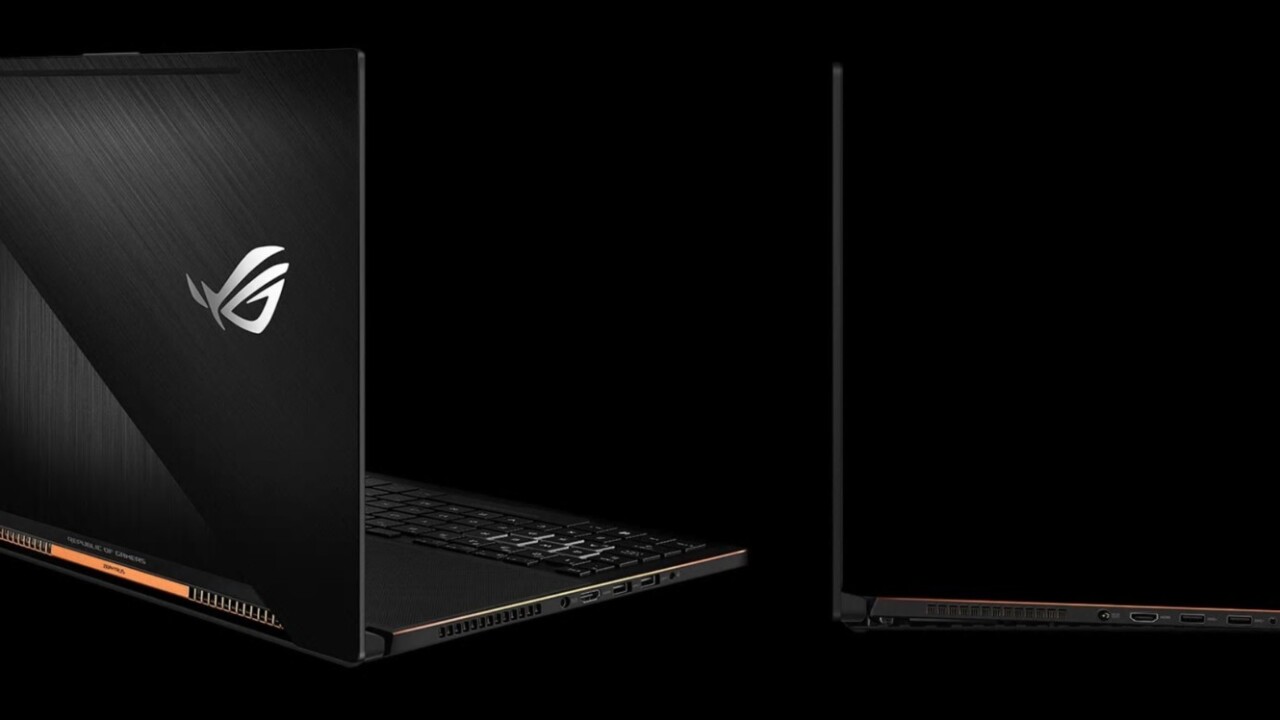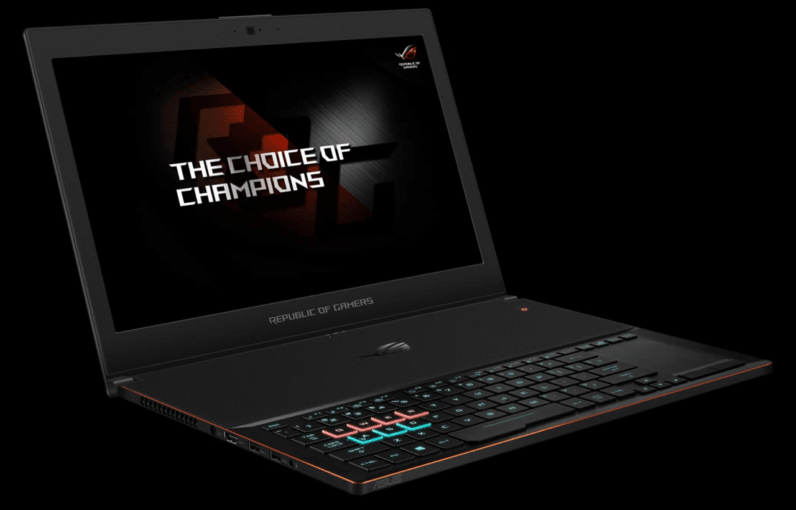
It’s an established rule of the laptop market that if you want a powerful, dedicated graphics card, you have to forego a thin and light design. It’s a compromise we’ve had to live with for years, and while recently companies like Razer have combined power with portability, now Nvidia itself is working to make gaming laptops thinner than ever.
It plans to do so through something called ‘Max Q,’ a new “design approach that enables gaming laptops to be 3x thinner with 3x performance than previous generations.” That’s some cringe-worthy marketing-speak, but it basically means that Nvidia works closely with manufacturers in order to assure optimal an optimal performance-to-size ratio.

Max-Q’s claim to fame is being able to fit an Nvidia 1080 – currently the most powerful graphics card available on a laptop – in a body 18mm thick, without too significant a performance drop off. Our first example of the new technology in action is Asus’ new Zephyrus GX501 laptop. It features 15.6-inch screen and packs a Core i7-7700HQ and an Nvidia 1080, but is 17.9mm thick. It also has a 120hz 1080p display and weighs 4.9 pounds.
For reference, the previous thinnest laptop with a 1080 was the Razer Blade Pro, at 22.5mm. The Zephyrus is also the same thickness as the 2015 MacBook Pros (the 2016 models are about 15 mm thick).

That said, the Zephyrus has a fairly small battery for its size, at 50 watt-hours. The 2016 MacBook Pro has a 76 Wh battery, so I don’t have high hopes the Zephyrus will last very long on the go. I’d be more interested in seeing how thin Nvidia and partners can make laptops with big batteries; Nvidia’s whole ultraportable angle for Max-Q will be weakened if the laptops need to be plugged in all the time.
Also interesting is a new WhisperMode which dynamically adjusts graphics settings and frame rates in order to keep fan noise, temperatures, and battery usage relatively low. If that sounds familiar, it’s because it’s pretty much what AMD already does with Radeon Chill.
We’ll have to see how Max-Q laptops end up performing next to their standard-sized counterparts when they hit the shelves in late June. I have plenty of reservations about things like thermal throttling and battery consumption, but for now I’m cautiously optimistic. The dream of ultraportable gaming laptops remains alive.
Get the TNW newsletter
Get the most important tech news in your inbox each week.





